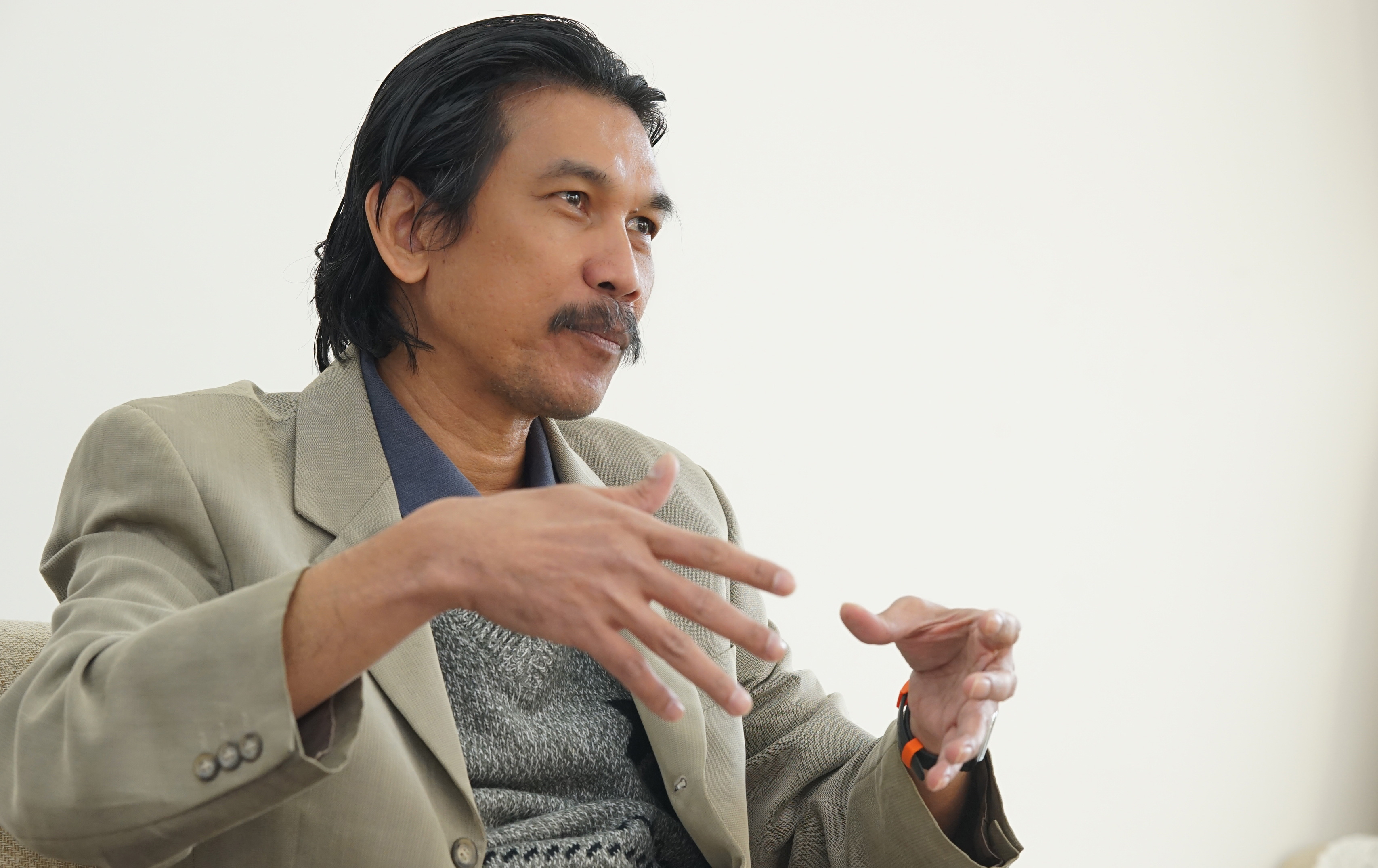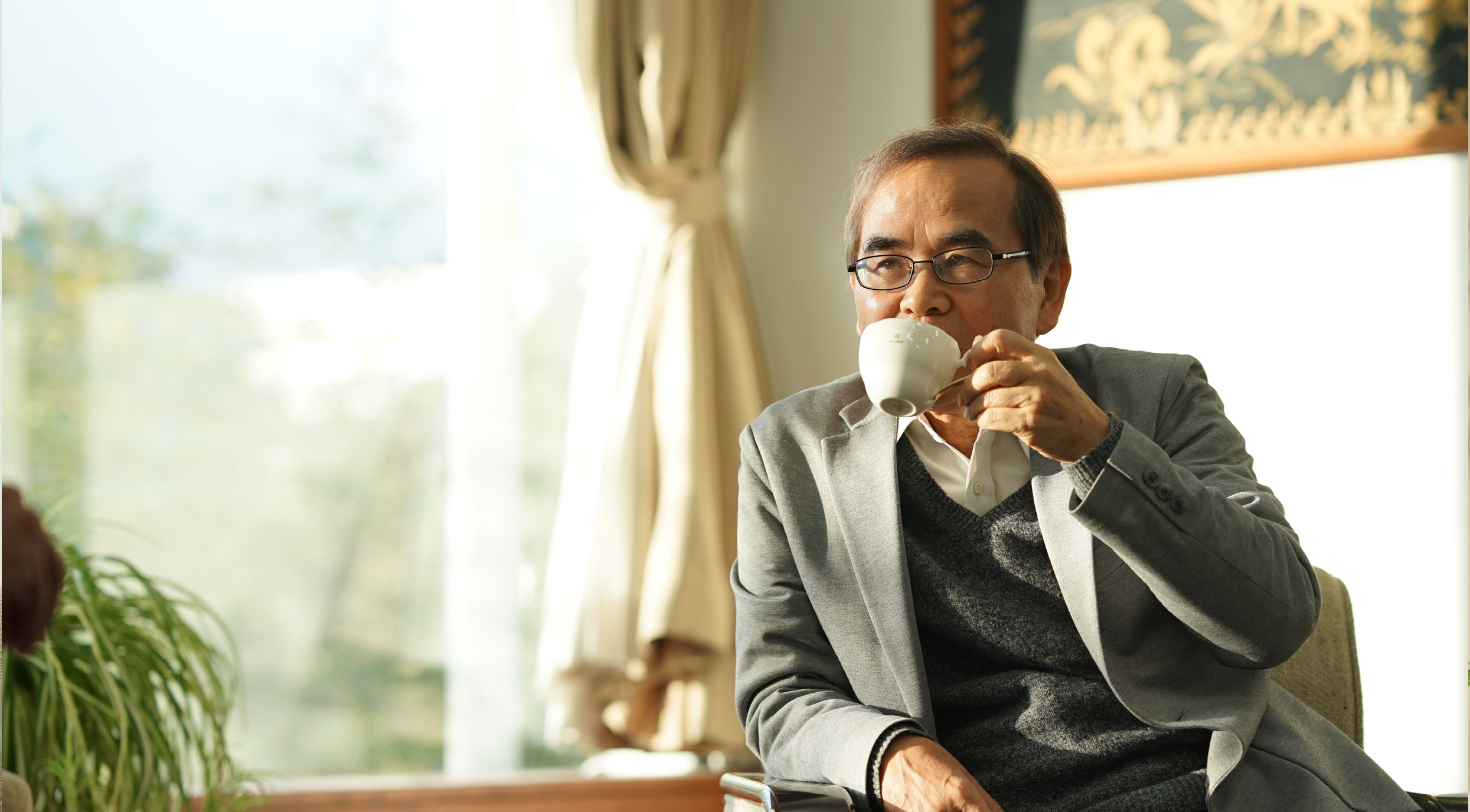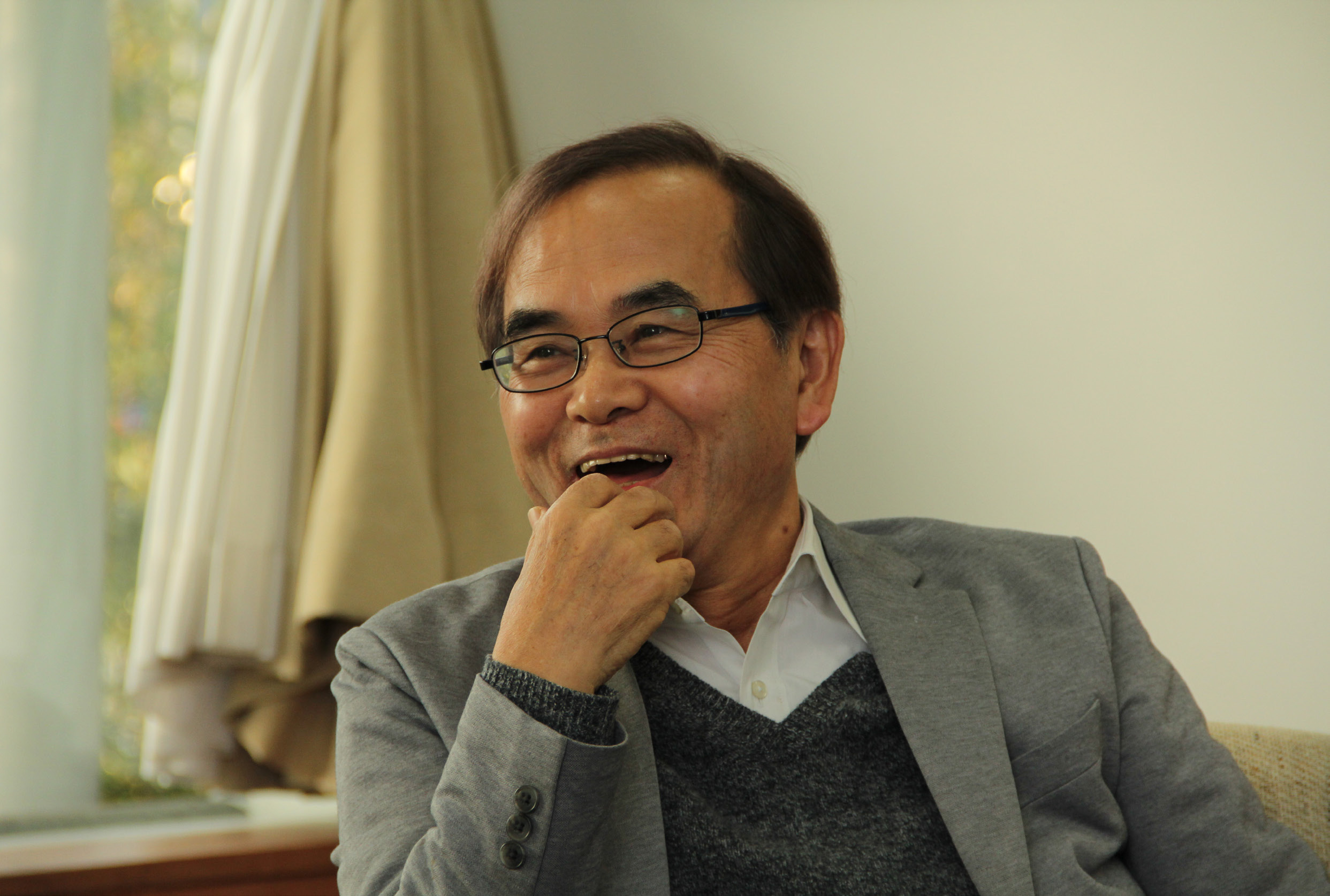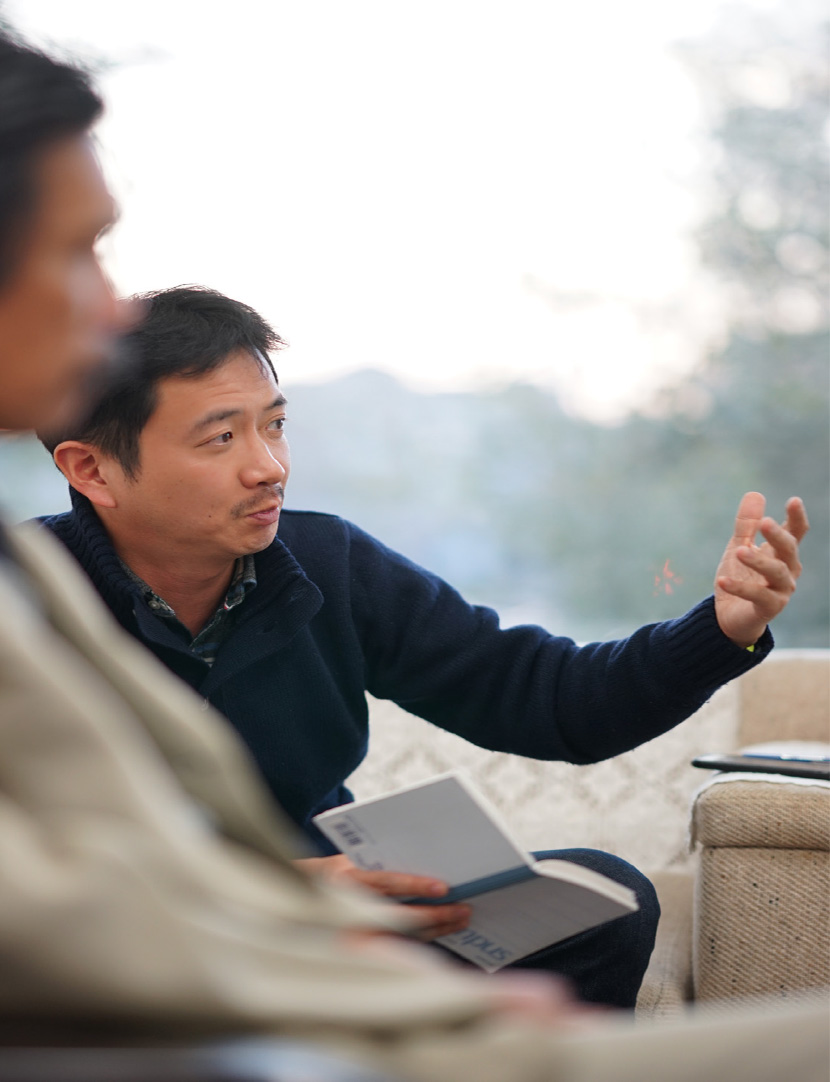Interviewed by
Dianto Bachriadi
GUEST SCHOLAR, CSEAS
Dianto Bachriadi (DB): Prof. Mizuno thank you for your time and willingness to be interviewed today…
Kosuke Mizuno (KM): Yes, I’m also thankful…
DB: Let’s have brief overview of your observations of more than 30 years of conducting research on Indonesia, and what we might be able to conclude from these long experiences. I remember that around the 1980s, you started with a study on small industries in Majalaya, West Java. You then also studied labor and land affairs in great detail. Your most recent study is even more interesting, dealing with the environment relating to land affairs, specifically peatland restoration.
KM: Yes, I have also been interested in the macro economy.
DB: First, based on your 30 years of observation, what do you think can be concluded about small- and medium-scale industrial development in Indonesia—especially in the context of economic transformation in rural areas?
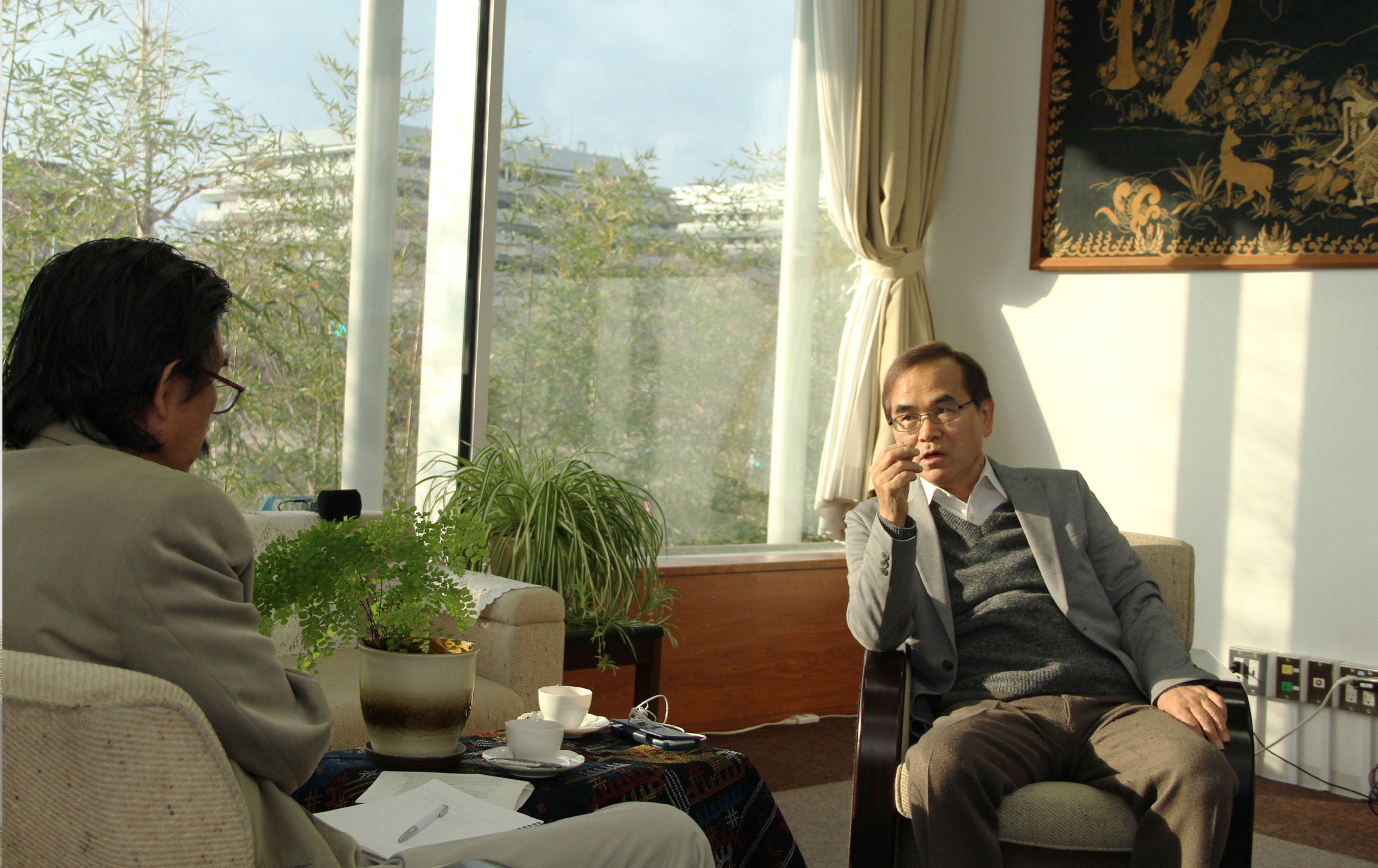
KM: Small- and medium-sized industries in Indonesia possess power, especially family businesses. This strength lies in the ability to develop many kinds of initiatives in order to overcome various problems. The major hurdle that small- and medium-sized industries always face is marketing or competition from big industry. But in Indonesia, small business owners are always searching for countermeasures. One of their major efforts is that they often double up as sellers, so that they can obtain more profit. This means that business then stabilizes. Furthermore, they are also creative in diversifying their methods and products. They try a lot of new things until they find a business pattern that can provide family stability and allow their business to grow. However, this does not necessarily mean that business growth goes from small to medium and then medium to large. Growth here can also mean that business stays small (i.e. micro) but also diversifies.
In villages, small business or industry is
always combined with agricultural activity.
So, once again, its survival is very strong.
Many small businesses are those in the informal
sector; this may be informal trade
or services, which are, in reality, the economic
power of the people in Indonesia. It
isn’t big industries which form the pillar of
Indonesian economy, but small and more
often than not informal businesses, whose
resiliency is strong. This is a huge contribution
to Indonesia’s economy.
Important economic transformation in villages
is not just a shift from a farm-based
economy to an industrial one. It would be
more accurate to say that development is
from a farm-based economy to a non-farm
form. And the latter here refers more to the
manufacturing industry. The growing nonfarm-
based sector is for services, trading,
home-based industries, and of a micro- to
medium-sized scale.
Furthermore, this change does not induce
the village to city migration that depopulates
villages. Many villagers remain in their
villages, and although there are many who
work in the city, many regularly return home
to their villages. Families—especially extended
ones—are still prevalent in villages.
However, people staying in cities in order to
earn a living also reside in an environment
that is similar to the village, something akin
to a city-village.
Therefore, the various micro-contributions
to the economy, be they in the village or in the city, are large. This is not just contribution
to GDP, but also from labor intake.
This micro sector, with all its dynamics, can
be called an independent economic sector.
It is not just an overflow caused by shifts
from farming to industry. Even initiatives
within this sector are staggering. Although
not many of them are able to compete in
the global market, they do fulfill domestic
consumption needs. This is actually one
aspect of Indonesia’s economic power
which is often overlooked. Some policies
regarding trading made by the Government
end up beating the micro economy instead.
However, it is amazing that this sector has
survived.
DB: Let me switch the topic to something that focuses on one of your academic concerns, and is connected with our discussion above, labor. Does this remarkable informal sector development mean that the labor movement in Indonesia is not so strong? Many labor unions only organize in the formal industry sector, which is mainly part of the industrial manufacturing sector. Meanwhile many laborers working in the informal sector are not represented. Even the post-1965 labor movement in Indonesia was no longer able to reach out to laborers in rural areas, especially farm laborers.
